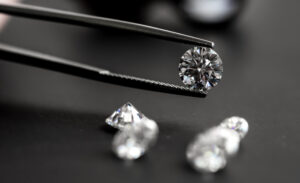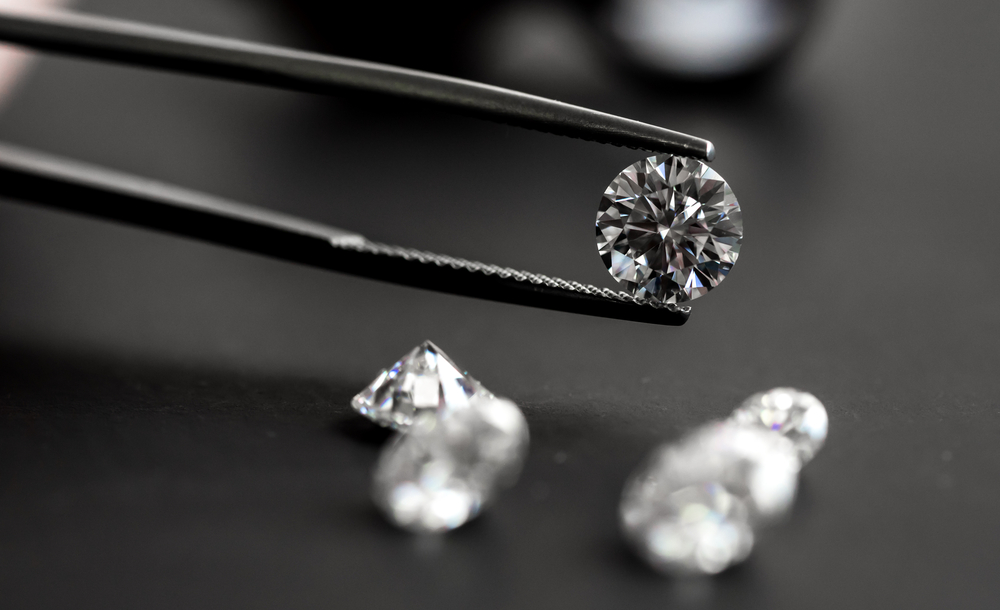
Man-made diamonds that mimic the traits and visual appeal of natural diamonds are known as lab-grown diamonds. These man-made stones are made up of carbon atom structures that have the same chemical and optical properties as mined diamonds. The recent trend is showing that many millennials now prefer lab-grown diamonds on their engagement rings. The reasons for this are several. Lab-grown diamonds do not harm the environment and also, they are ethical. However, one other reason for the increased popularity of lab-grown diamonds is that they are less expensive.
This article discusses a few of the most significant factors that influence the cost of lab-grown diamonds.
Cut
The cut of a lab-grown diamond has the biggest influence on its appearance. A lab-grown diamond with an ideal or excellent cut will be more beautiful and more costly than one with a “Good” or “Very Good” cut.
Shape
For all the good reasons, the round brilliant is the most renowned and the costlier diamond shape in the market. This is because round-cut diamonds hold more dazzle and radiance than other shapes. Oval cut and Asscher cut are the next costliest diamond shapes available right now.
Color
The IGI uses a D to Z scale to grade lab-grown diamonds. If the color grade is D, it means the lab-grown diamond is colorless, whereas a color grade Z means the diamond has a yellow or brown hue. Colored diamonds are costlier, but the distinction isn’t always observable. That’s why expert jewelers often recommend looking for a lab-grown diamond in the G-J color grade, which appears colorless to the human eye but is much less expensive than D, E, and F colored diamonds.
Clarity

The absence of imperfections and inclusions in a diamond is generally referred to as its clarity. Lab-grown diamonds with no visible flaws will cost more than diamonds with visible imperfections. Look for VS1 and VS2 diamonds, which are eye-clean but less costly than FL or VVS diamonds.
Certification
The diamond certification does not influence the cost of a lab-grown diamond, but it does confirm what you’re paying for. For lab-grown diamonds, an IGI certificate is often recommended. For lab-grown diamonds, the IGI provides the most thorough and reliable grading. By opting for an IGI certificate, you can be certain that the diamond you’re buying is exactly what the seller claims.
